Home>Home Appliances>Kitchen Appliances>How To Use A Manual Espresso Machine
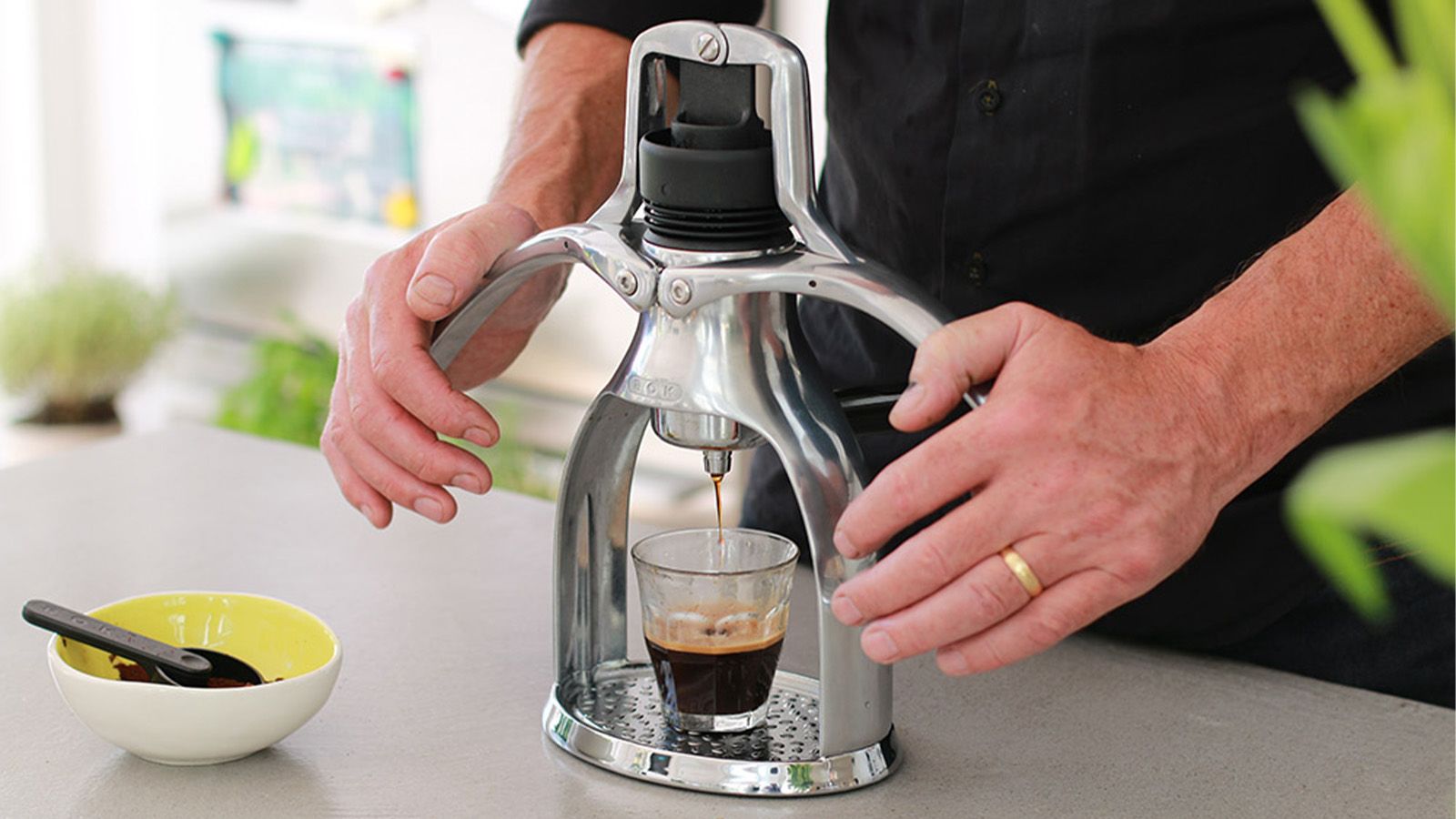

Kitchen Appliances
How To Use A Manual Espresso Machine
Modified: January 6, 2024
Learn how to use a manual espresso machine to brew delicious coffee at home. Discover tips and techniques for mastering this essential kitchen appliance. Unlock the potential of your kitchen appliances today!
(Many of the links in this article redirect to a specific reviewed product. Your purchase of these products through affiliate links helps to generate commission for Storables.com, at no extra cost. Learn more)
Introduction
Welcome to the world of manual espresso machines! If you're a coffee enthusiast who appreciates the art of crafting the perfect espresso shot, then using a manual espresso machine can be a deeply rewarding experience. While automatic espresso machines offer convenience, manual machines allow you to have complete control over the brewing process, enabling you to tailor each shot to perfection.
In this comprehensive guide, we'll explore the ins and outs of using a manual espresso machine. Whether you're a seasoned barista or a home coffee aficionado looking to elevate your espresso game, this article will provide you with the knowledge and techniques to make the most of your manual espresso machine.
From understanding the anatomy of your manual espresso machine to mastering the art of pulling the perfect shot and frothing velvety milk, we'll cover every aspect of manual espresso preparation. Additionally, we'll delve into essential cleaning and maintenance practices to ensure that your machine continues to deliver exceptional espresso for years to come.
By the end of this guide, you'll feel confident in your ability to operate a manual espresso machine like a pro, unlocking the potential to create rich, aromatic espresso beverages that rival those served in the finest cafes.
So, grab your favorite coffee mug and get ready to embark on a journey into the captivating world of manual espresso preparation. Whether you prefer a classic espresso, a creamy cappuccino, or a luxurious latte, this guide will empower you to craft specialty coffee drinks that will delight your senses and impress your guests. Let's dive in and uncover the art and science of using a manual espresso machine!
Key Takeaways:
- Mastering a manual espresso machine allows you to craft exquisite espresso beverages with precision and artistry, elevating your coffee experience to new heights.
- By understanding the machine’s components, perfecting the extraction process, and mastering milk frothing, you can create specialty coffee drinks that captivate the senses and delight your guests.
Read more: How Does A Manual Espresso Machine Work
Understanding Your Manual Espresso Machine
Before you begin your espresso-making journey, it’s essential to familiarize yourself with the various components of your manual espresso machine. Understanding how each part functions will enable you to operate the machine with confidence and precision.
1. Portafilter: This is the handle-like device with a perforated basket at one end. It holds the coffee grounds during the brewing process and is a critical component for extracting the perfect shot of espresso.
2. Group Head: The group head is where the portafilter attaches to the machine. It’s responsible for delivering hot water to the coffee grounds and plays a crucial role in the extraction process.
3. Boiler: Manual espresso machines typically feature a boiler that heats the water to the optimal brewing temperature. Some machines have a single boiler for brewing and steaming, while others have separate boilers for each function.
4. Steam Wand: If your manual espresso machine includes a steam wand, it’s used for frothing milk to create luscious microfoam for cappuccinos and lattes. Mastering the art of steaming milk is an integral part of using a manual espresso machine.
5. Pressure Gauge: Many manual espresso machines are equipped with a pressure gauge, which provides real-time feedback on the brewing pressure. Monitoring the pressure is crucial for achieving optimal extraction.
Understanding the role of each component and how they work together to produce espresso will lay the foundation for mastering the art of manual espresso preparation. Next, we’ll delve into the preparation process, starting with the essential steps to get your manual espresso machine ready for brewing.
Preparing Your Manual Espresso Machine
Before diving into the brewing process, it’s vital to prepare your manual espresso machine to ensure that it operates at its best. Here are the essential steps to get your machine ready for crafting exceptional espresso:
- Prime the Machine: If your espresso machine has a boiler, it’s crucial to prime it to remove any trapped air and ensure a consistent flow of water. This process helps maintain brewing stability and temperature control.
- Flush the Group Head: Running a small amount of water through the group head helps to preheat the components and rinse away any residual coffee oils, ensuring a clean and stable brewing environment.
- Grind Fresh Coffee: Use high-quality, freshly roasted coffee beans and grind them to the appropriate fineness. The right grind size is essential for achieving the perfect extraction and flavor profile.
- Fill the Portafilter: Distribute the freshly ground coffee evenly into the portafilter basket, ensuring a level surface for uniform extraction.
- Tamp the Coffee: Using a tamper, apply consistent pressure to compact the coffee grounds in the portafilter. This step is crucial for creating a uniform surface and promoting even water flow during extraction.
- Purge the Steam Wand: If you plan to froth milk for lattes or cappuccinos, it’s important to purge the steam wand to remove any condensation and ensure a steady flow of dry steam for perfect milk frothing.
By following these preparatory steps, you’ll set the stage for a successful espresso-making experience. The precision and care taken during the preparation phase directly impact the quality and consistency of the final espresso shot. With your manual espresso machine primed and ready, it’s time to delve into the art of pulling the perfect shot of espresso.
Pulling the Perfect Shot
Now that your manual espresso machine is primed and your coffee grounds are meticulously prepared, it’s time to embark on the exhilarating process of pulling the perfect shot of espresso. This artful endeavor requires attention to detail and a deep understanding of the extraction process. Here’s a step-by-step guide to pulling an exceptional shot of espresso:
- Lock the Portafilter: Insert the filled and tamped portafilter into the group head and lock it securely in place. This step is crucial for creating a proper seal and ensuring that the water flows evenly through the coffee grounds.
- Initiate the Extraction: Start the extraction process, allowing hot water to flow through the compacted coffee grounds. The water should pass through the coffee at the ideal pressure and temperature to extract the rich flavors and aromas.
- Monitor the Extraction Time: Timing is critical when pulling a shot of espresso. The ideal extraction time typically falls within the range of 25 to 30 seconds, during which the espresso should flow steadily into the cup, forming a luscious crema on top.
- Observe the Crema: A hallmark of a well-pulled espresso shot is the presence of a thick, golden crema layer on top. The crema adds a velvety texture and seals in the espresso’s exquisite flavors, signaling a successful extraction.
- Taste and Adjust: Once the shot is pulled, savor the aroma and flavor profile of the espresso. If necessary, make note of any adjustments needed in the grind size, tamping pressure, or extraction time to refine the shot to perfection.
Mastering the art of pulling a flawless espresso shot takes practice, patience, and a keen palate. Each element of the process, from the initial lock of the portafilter to the final taste test, contributes to the creation of a remarkable espresso experience. With dedication and a spirit of experimentation, you’ll hone your skills and develop a deep appreciation for the nuances of espresso extraction.
Next, we’ll explore the art of frothing milk, a skill that adds a delightful dimension to your manual espresso machine repertoire, allowing you to craft an array of indulgent coffee beverages.
Preheat your manual espresso machine before use to ensure the water reaches the optimal temperature for brewing. This will help to extract the best flavors from your coffee.
Frothing Milk
One of the most captivating aspects of using a manual espresso machine is the ability to froth milk, transforming it into a velvety, creamy delight that enhances a variety of coffee beverages. Whether you’re aiming to create a luxurious latte or a frothy cappuccino, mastering the art of milk frothing is a skill that elevates your coffee crafting prowess. Here’s a comprehensive guide to frothing milk with your manual espresso machine:
- Select the Right Pitcher: Choose a stainless steel milk frothing pitcher that accommodates the quantity of milk needed for your desired beverage. The pitcher should have ample room for the milk to expand as it froths.
- Purge and Position the Steam Wand: Before frothing, purge any condensation from the steam wand by releasing a short burst of steam. Position the wand tip just below the surface of the milk, ensuring that it creates a whirlpool motion when activated.
- Texture the Milk: Submerge the steam wand into the milk and turn on the steam, creating a swirling motion to texture the milk. The goal is to achieve a silky microfoam with tiny, uniform bubbles that integrate seamlessly with the milk.
- Monitor the Temperature: As you texture the milk, monitor the temperature using a thermometer. For most espresso-based beverages, the ideal milk temperature ranges between 140°F to 150°F (60°C to 65.5°C).
- Finish and Polish: Once the milk reaches the desired temperature, turn off the steam and remove the wand from the pitcher. Gently tap the pitcher on the counter to break up any larger bubbles and swirl the milk to achieve a smooth, glossy texture.
Mastering the art of milk frothing adds a delightful dimension to your manual espresso machine repertoire, allowing you to create an array of indulgent coffee beverages. The velvety microfoam produced through expert milk frothing enhances the visual appeal and taste of your espresso-based drinks, making each sip a luxurious experience.
With the ability to pull the perfect shot of espresso and expertly froth milk, you’re well on your way to becoming a maestro of manual espresso preparation. However, to ensure that your machine continues to deliver exceptional coffee experiences, it’s crucial to understand the importance of cleaning and maintenance.
Read more: How To Use The Kitchenaid Espresso Machine
Cleaning and Maintenance
Proper cleaning and maintenance are vital to the longevity and performance of your manual espresso machine. By incorporating regular care and upkeep into your coffee routine, you’ll ensure that your machine continues to produce exceptional espresso and steamed milk while preventing potential issues. Here’s a comprehensive guide to cleaning and maintaining your manual espresso machine:
- Backflushing the Group Head: Use a blind portafilter basket and a specialized cleaning detergent to backflush the group head. This process removes coffee oils and residue that can accumulate and affect the machine’s performance.
- Wiping and Polishing: After each use, wipe down the exterior of the machine with a damp cloth to remove any coffee grounds, milk splatters, or residue. Polish the surfaces to maintain the machine’s aesthetic appeal.
- Descaling the Boiler: Regularly descale the boiler to remove mineral deposits that can build up over time. Follow the manufacturer’s guidelines for using a descaling solution to ensure optimal boiler performance.
- Steam Wand Maintenance: After frothing milk, purge the steam wand and wipe it clean to prevent milk from drying and clogging the wand’s tip. Regularly dismantle the wand for a thorough cleaning to prevent blockages and ensure consistent steam flow.
- Inspecting Seals and Gaskets: Periodically inspect the seals and gaskets in the portafilter and group head for wear or damage. Replace any worn components to maintain a proper seal and prevent leaks during brewing.
By incorporating these cleaning and maintenance practices into your espresso routine, you’ll preserve the integrity of your manual espresso machine and enjoy consistent, high-quality performance with each use. Additionally, following the manufacturer’s specific maintenance recommendations will help safeguard your machine against potential issues and extend its lifespan.
As you become adept at operating and caring for your manual espresso machine, you’ll find that the combination of precision brewing, expert milk frothing, and diligent maintenance culminates in a delightful coffee experience that rivals those found in specialty cafes. However, even with proper maintenance, occasional troubleshooting may be necessary to address any operational hiccups.
Troubleshooting
While manual espresso machines are marvels of precision engineering, occasional hiccups may arise during operation. Understanding common issues and their remedies empowers you to troubleshoot and resolve minor challenges, ensuring that your espresso-making endeavors remain smooth and enjoyable. Here are some common troubleshooting tips for manual espresso machines:
- Uneven Extraction: If you notice that the espresso is extracting unevenly, it may indicate an issue with the coffee distribution or tamping. Ensure that the coffee grounds are evenly distributed in the portafilter and that you apply consistent pressure during tamping.
- Weak or Watery Shots: Weak or watery shots can result from a coarser grind, insufficient coffee in the portafilter, or an improper tamping technique. Adjust the grind size, increase the coffee dose, or refine your tamping pressure to achieve a richer extraction.
- Steam Wand Issues: If the steam wand fails to produce steam or experiences inconsistent performance, it may be due to a clog or air blockage. Clean the wand thoroughly and ensure that it’s properly positioned for optimal steam flow.
- Leakage: Leakage from the portafilter or group head can occur due to worn gaskets or improper sealing. Inspect the gaskets and seals for damage, and replace them if necessary to restore a secure seal during brewing.
- Inconsistent Pressure: Fluctuations in brewing pressure can impact the quality of the espresso. Check for any obstructions in the group head, portafilter, or dispersion screen, and ensure that they are clean and free of blockages.
By familiarizing yourself with these troubleshooting techniques, you’ll be well-equipped to address minor issues that may arise during the operation of your manual espresso machine. Additionally, consulting the machine’s user manual and reaching out to the manufacturer’s customer support can provide valuable insights and guidance for resolving more complex issues.
With a combination of meticulous brewing, expert milk frothing, diligent maintenance, and the ability to troubleshoot minor challenges, you’ll harness the full potential of your manual espresso machine, consistently producing exceptional coffee beverages that delight the senses and elevate the coffee experience.
Conclusion
Congratulations on embarking on a captivating journey into the world of manual espresso preparation! Throughout this comprehensive guide, we’ve delved into the intricacies of using a manual espresso machine, from understanding its components to mastering the art of pulling the perfect shot and frothing velvety milk. By immersing yourself in the techniques and practices outlined in this article, you’ve unlocked the potential to create exquisite espresso-based beverages that rival those crafted by professional baristas.
Operating a manual espresso machine is a delightful fusion of precision, artistry, and sensory delight. Each step, from the meticulous preparation of coffee grounds to the expert frothing of milk, contributes to the creation of a coffee experience that transcends the ordinary. Whether you’re savoring a rich espresso, indulging in a creamy cappuccino, or relishing a luxurious latte, the expertise you’ve gained empowers you to craft specialty coffee drinks that captivate the palate and elevate everyday moments.
Furthermore, the commitment to cleaning, maintenance, and troubleshooting ensures that your manual espresso machine remains a steadfast companion, consistently delivering exceptional coffee experiences for years to come. By integrating these practices into your coffee routine, you’ll preserve the integrity of your machine and enjoy the rewards of consistently remarkable espresso and milk-based beverages.
As you continue to hone your skills and deepen your understanding of manual espresso preparation, remember that experimentation and curiosity are key ingredients in the pursuit of coffee perfection. Embrace the opportunity to refine your techniques, explore new flavor profiles, and share the joy of exceptional coffee with friends and loved ones.
With each aromatic espresso shot and frothy milk creation, you’re not just operating a machine – you’re orchestrating a symphony of flavors, aromas, and textures that enrich the coffee experience. Your dedication to the craft of manual espresso preparation sets the stage for moments of pure indulgence and connection, inviting others to savor the artistry and passion that infuse every cup.
So, as you embark on your next espresso-making adventure, may each sip be a celebration of your expertise, creativity, and unwavering commitment to the pursuit of coffee excellence. Here’s to the captivating world of manual espresso preparation – where every cup tells a story and every pour is an expression of artistry and love for exceptional coffee.
Frequently Asked Questions about How To Use A Manual Espresso Machine
Was this page helpful?
At Storables.com, we guarantee accurate and reliable information. Our content, validated by Expert Board Contributors, is crafted following stringent Editorial Policies. We're committed to providing you with well-researched, expert-backed insights for all your informational needs.
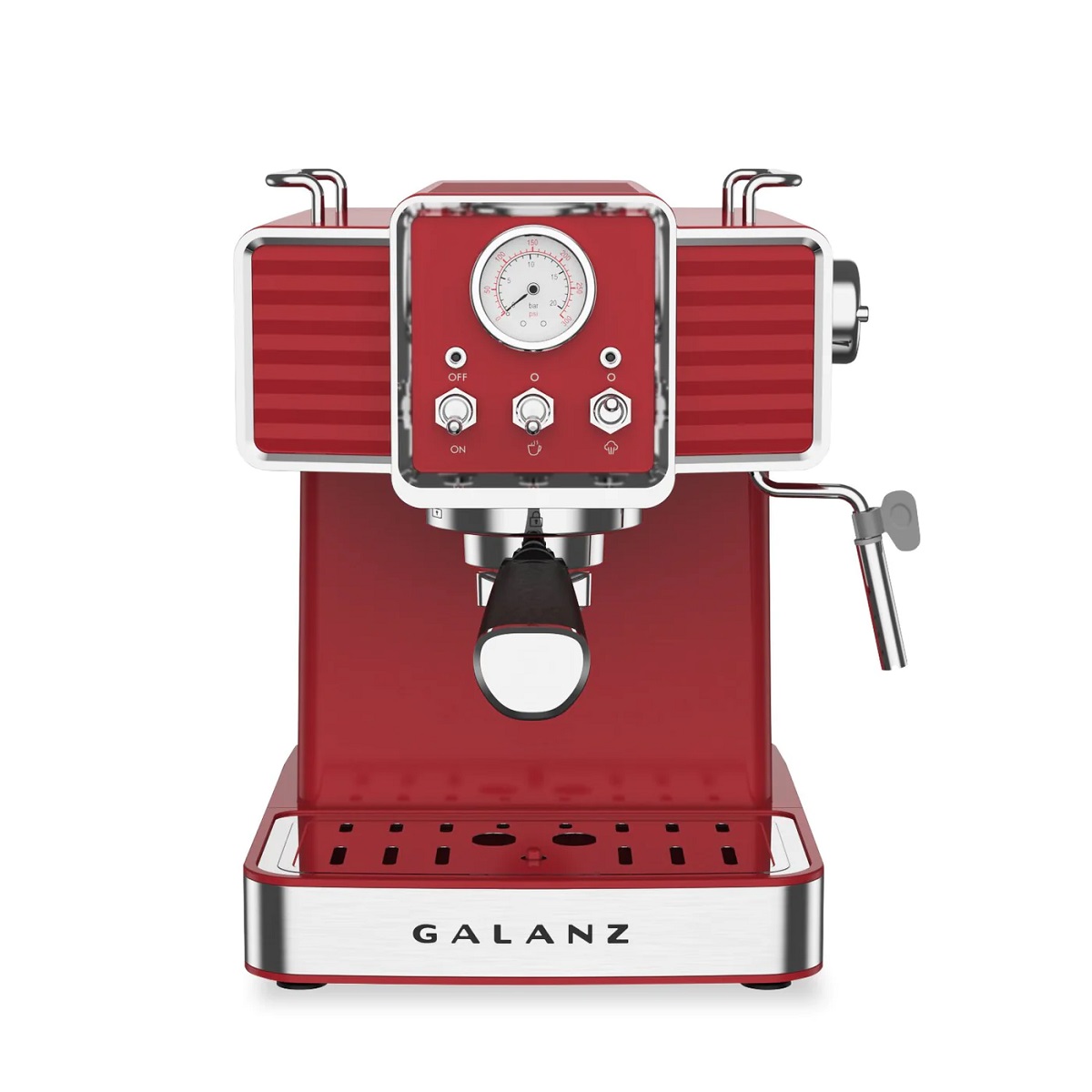
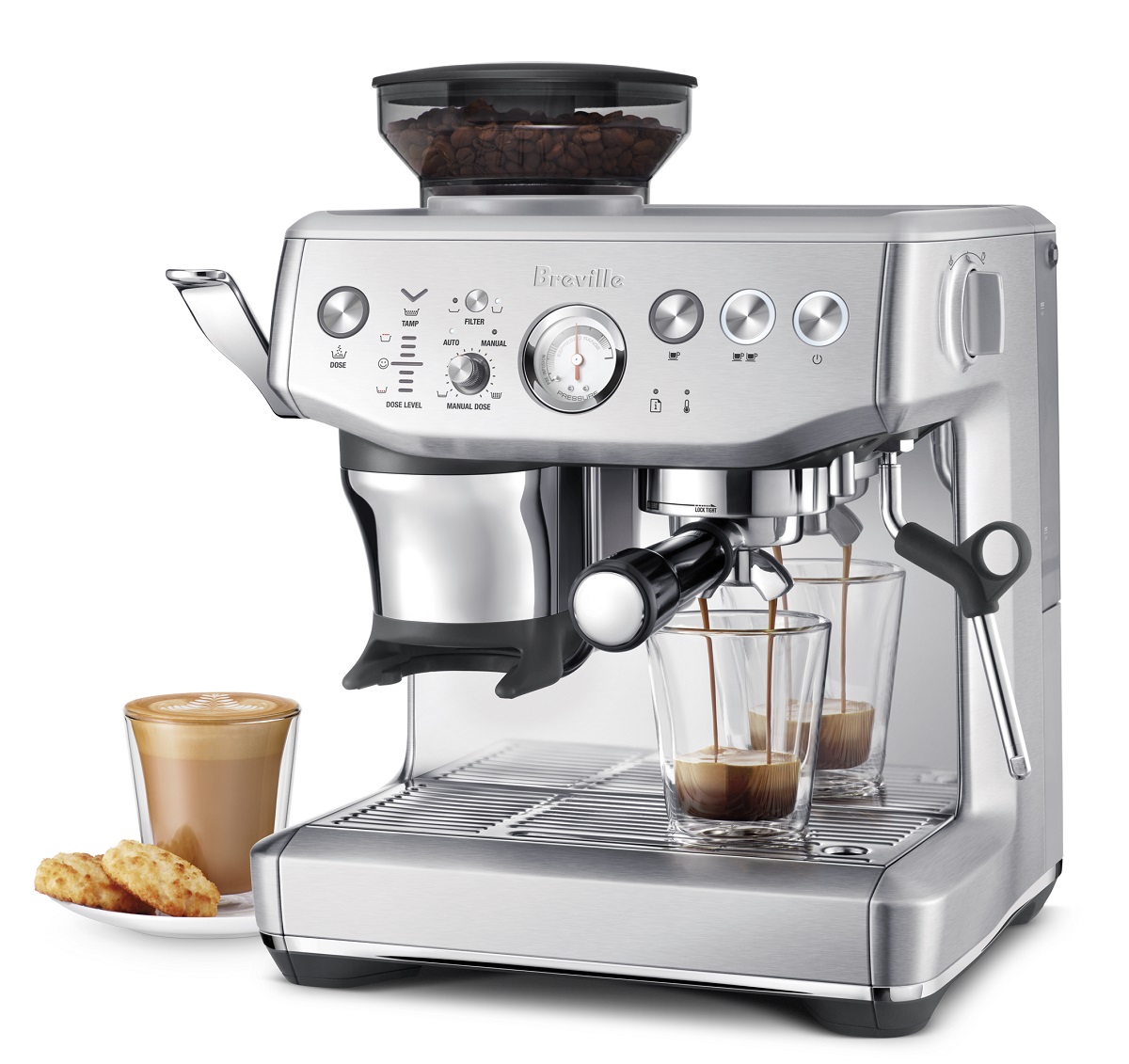
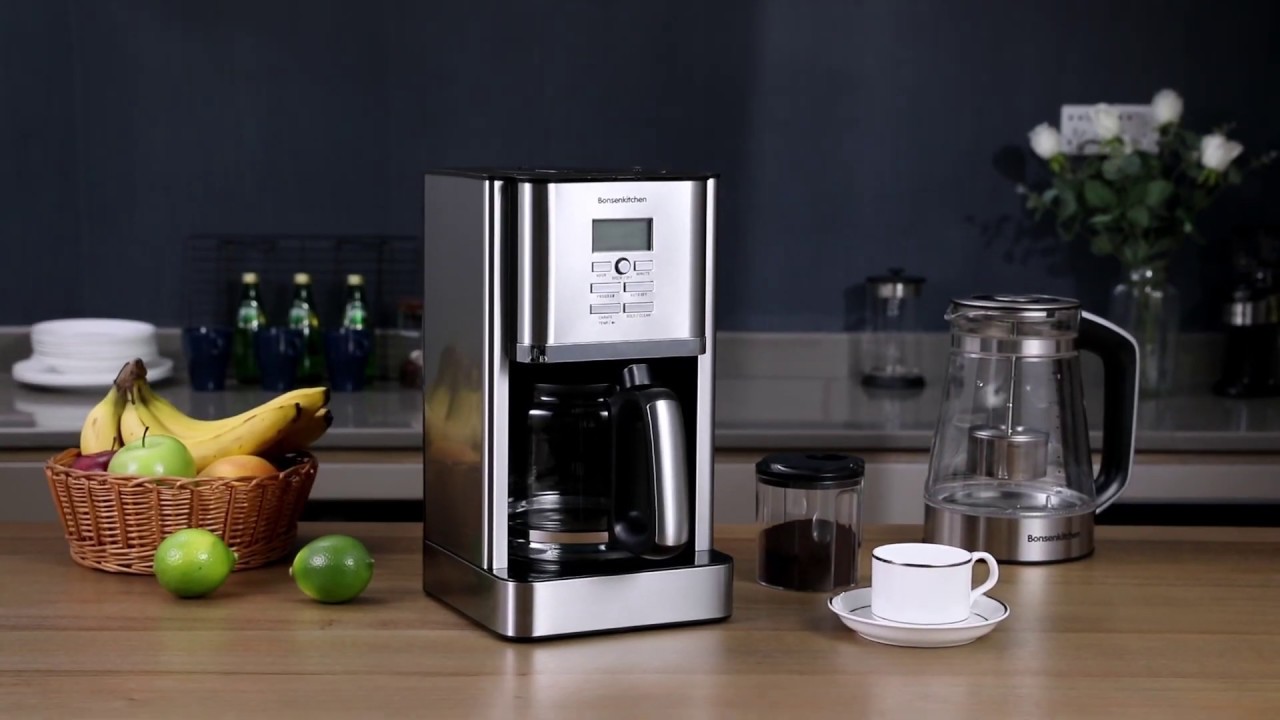
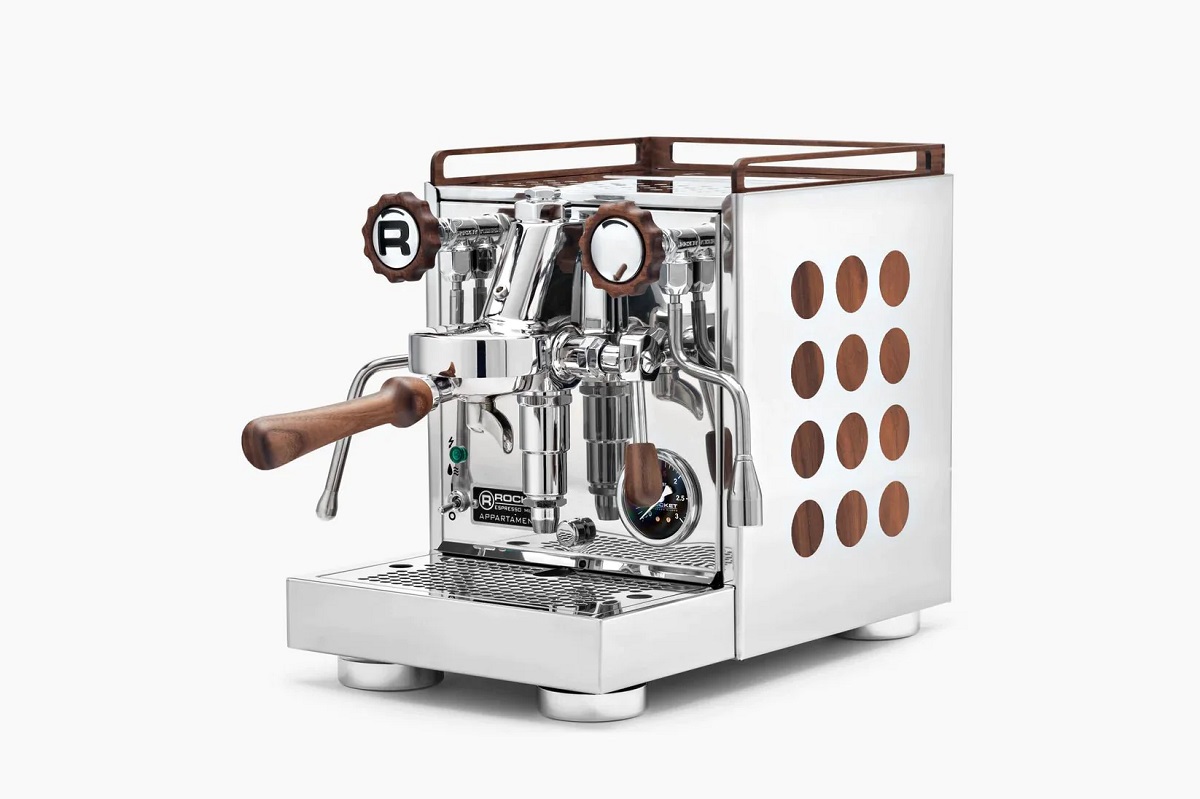
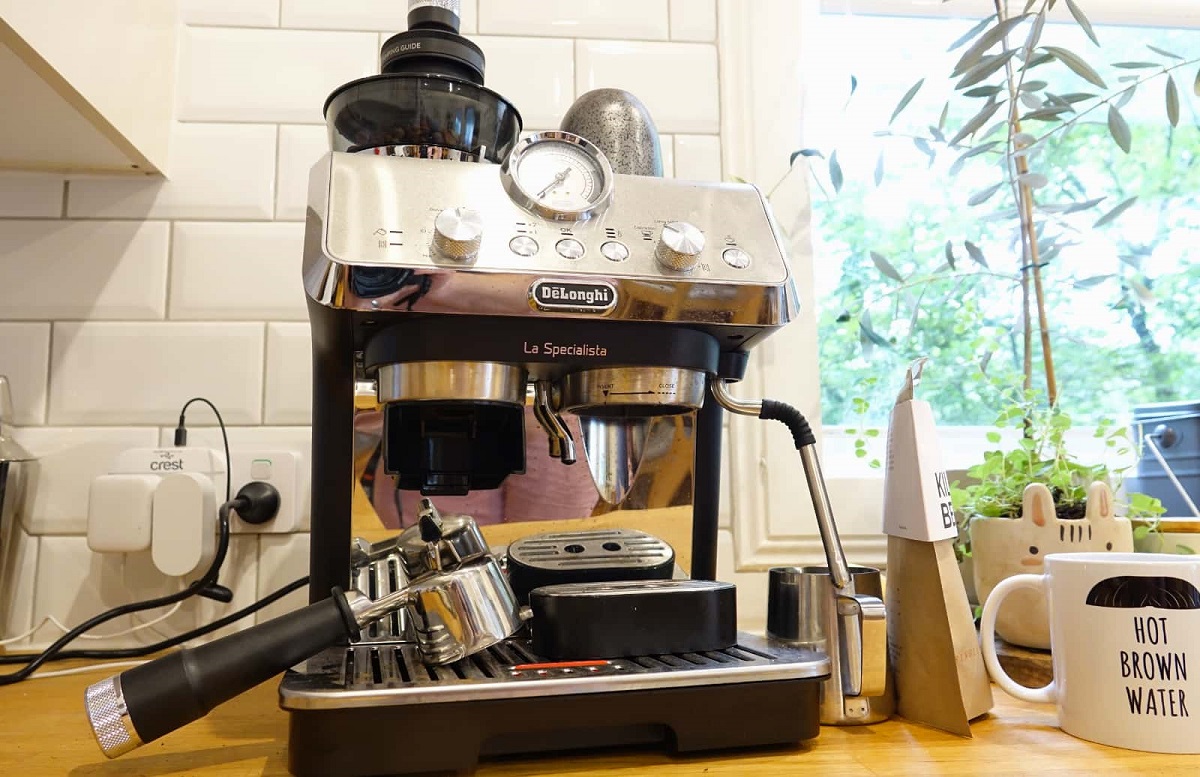
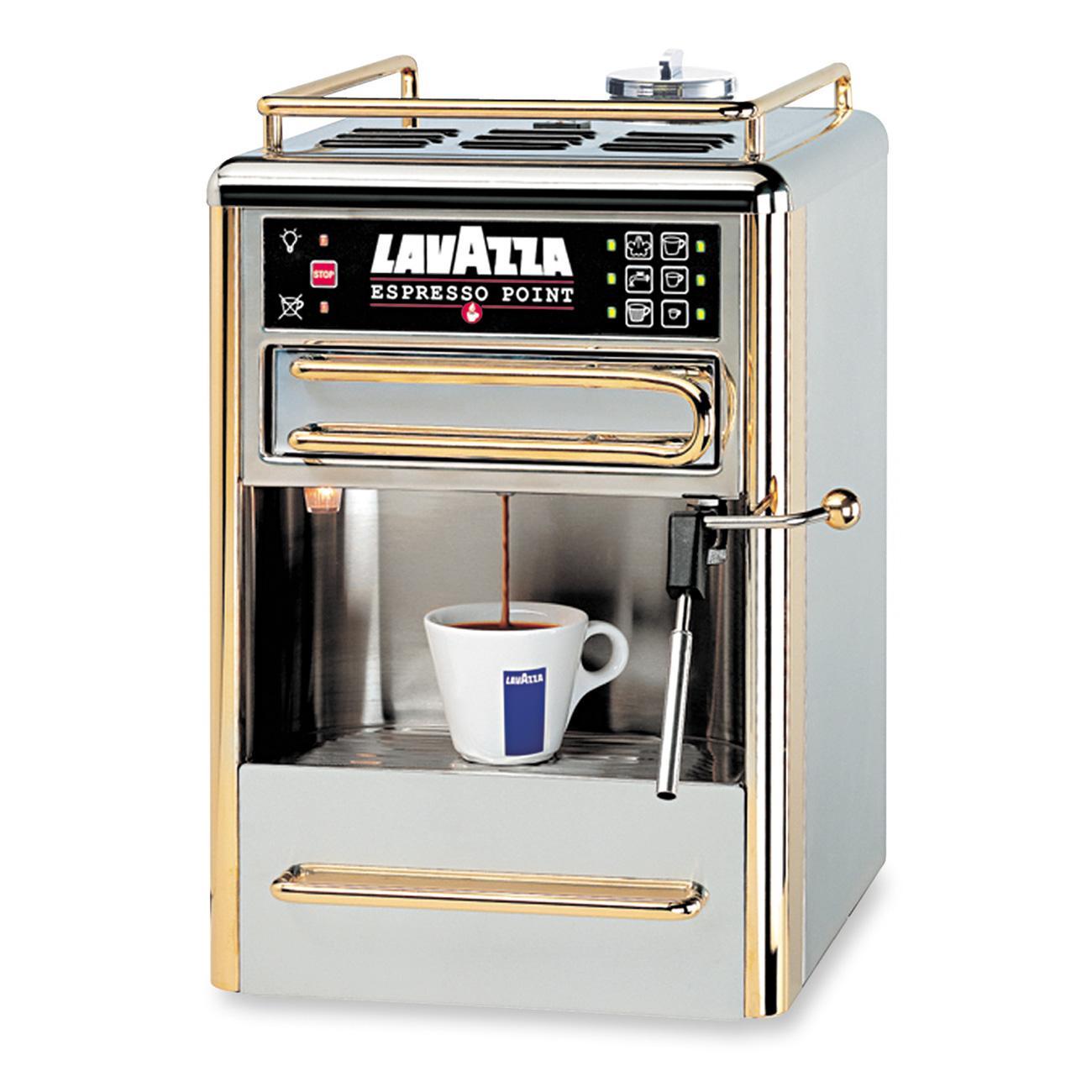
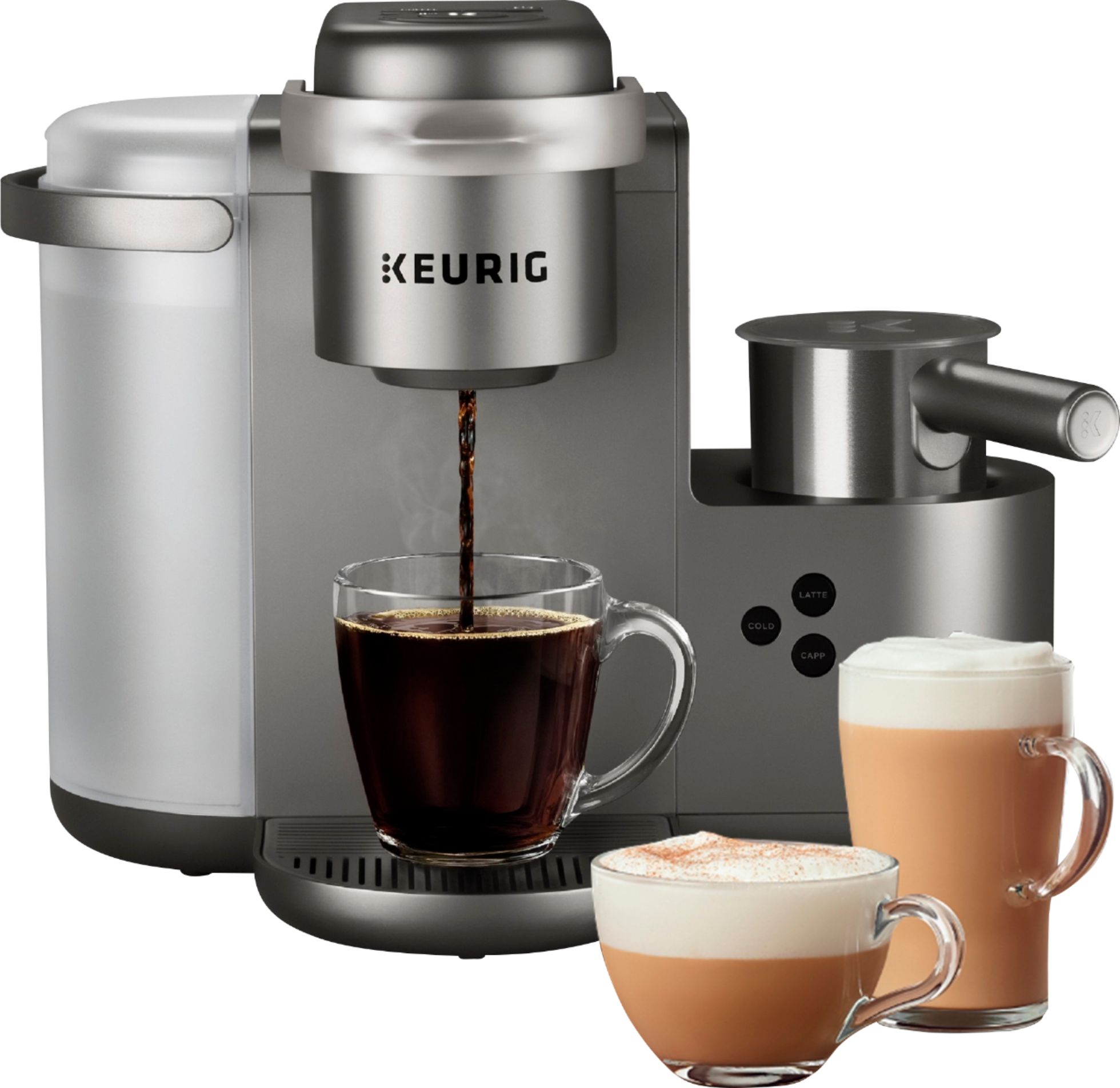

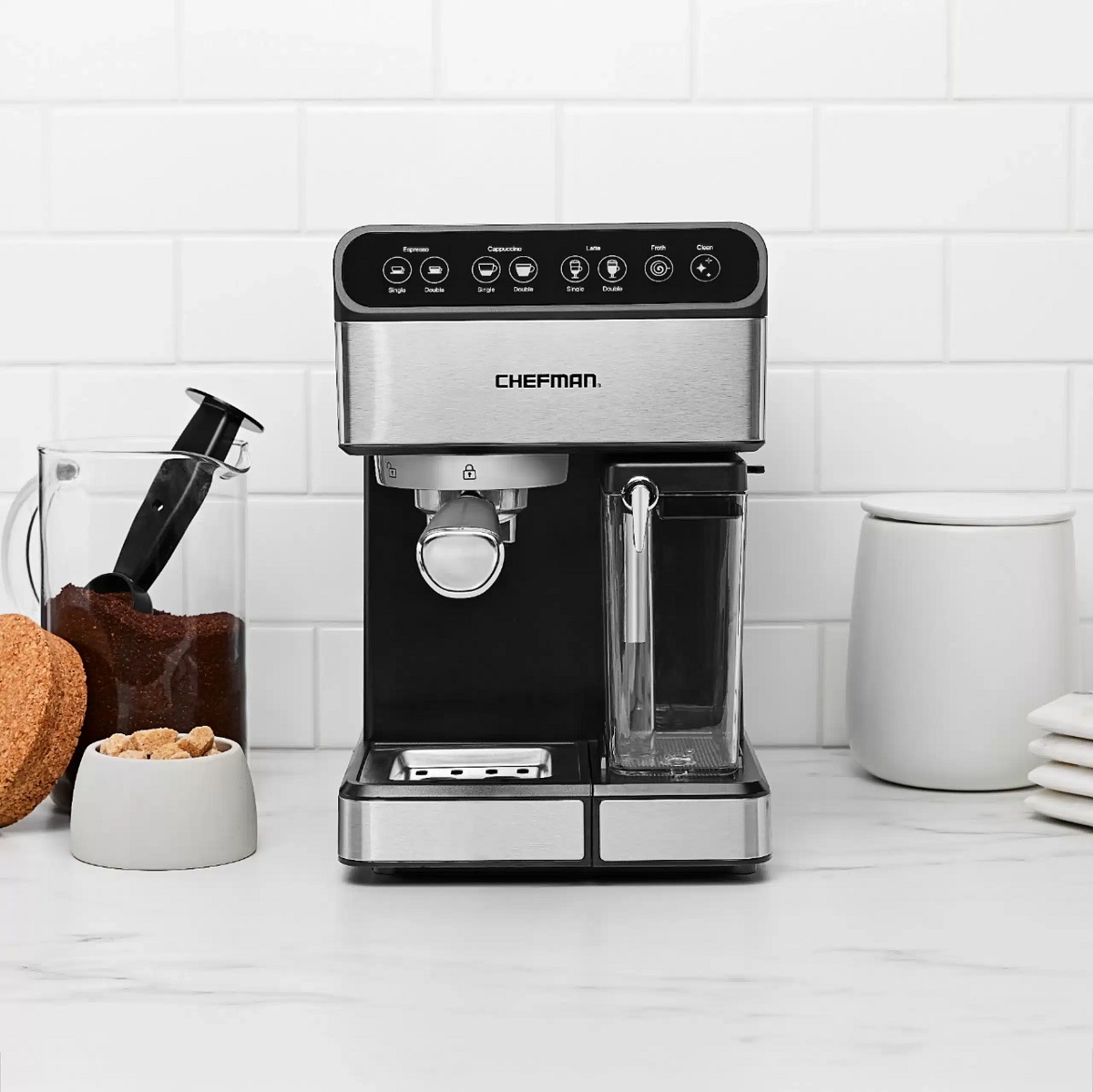
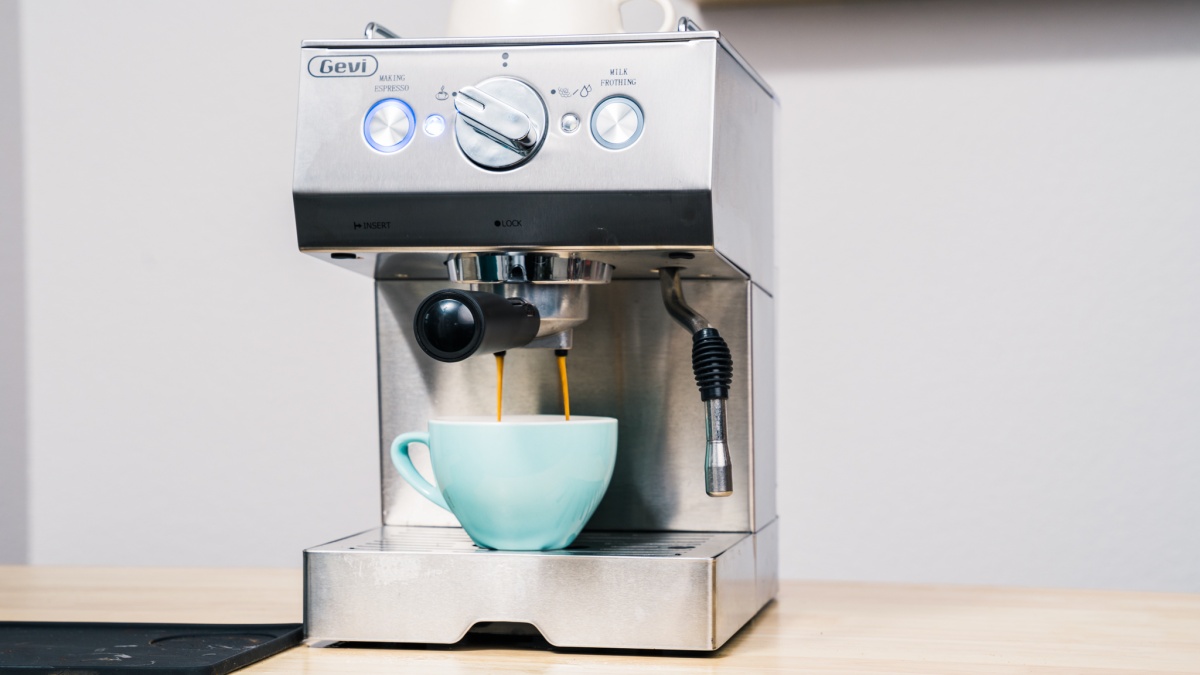
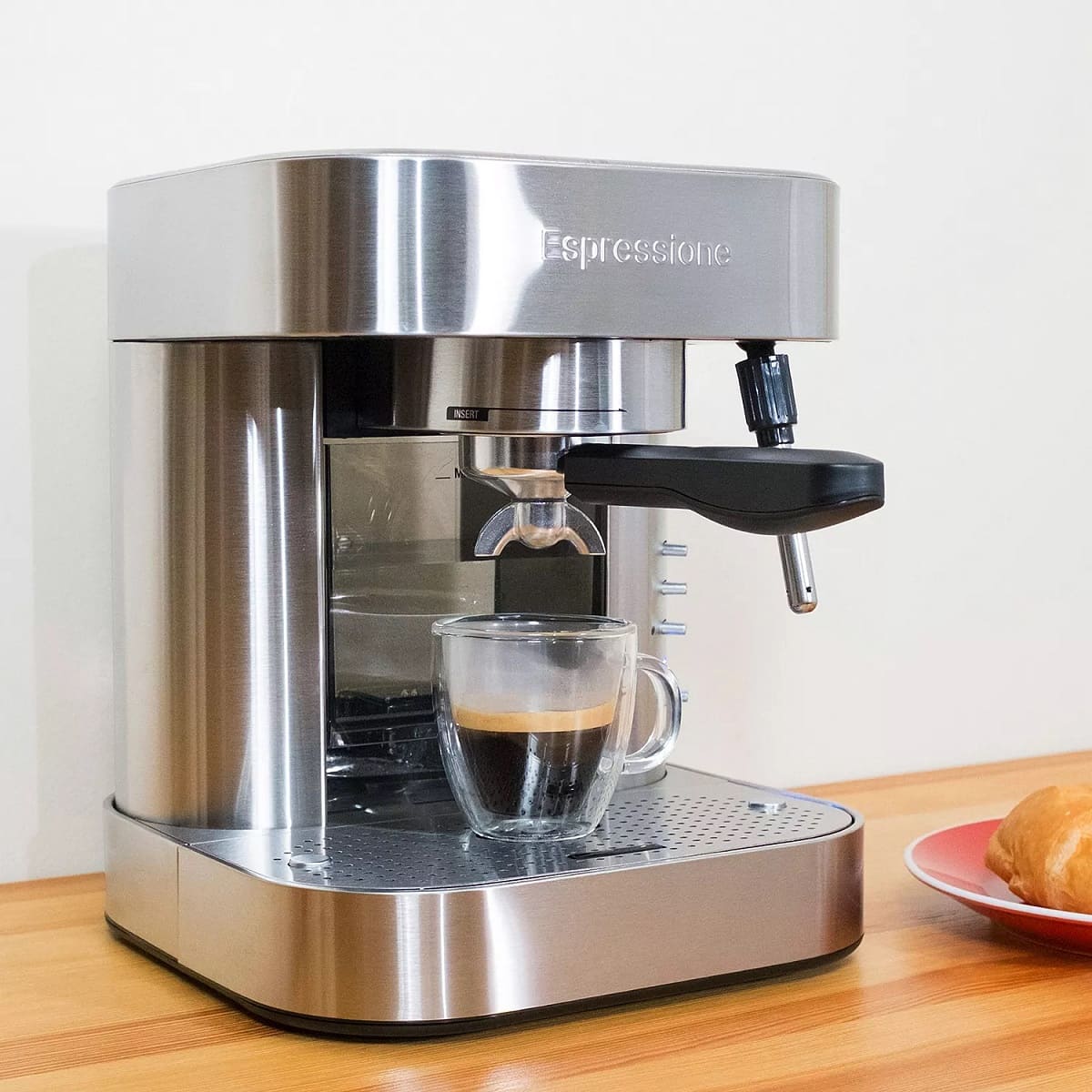
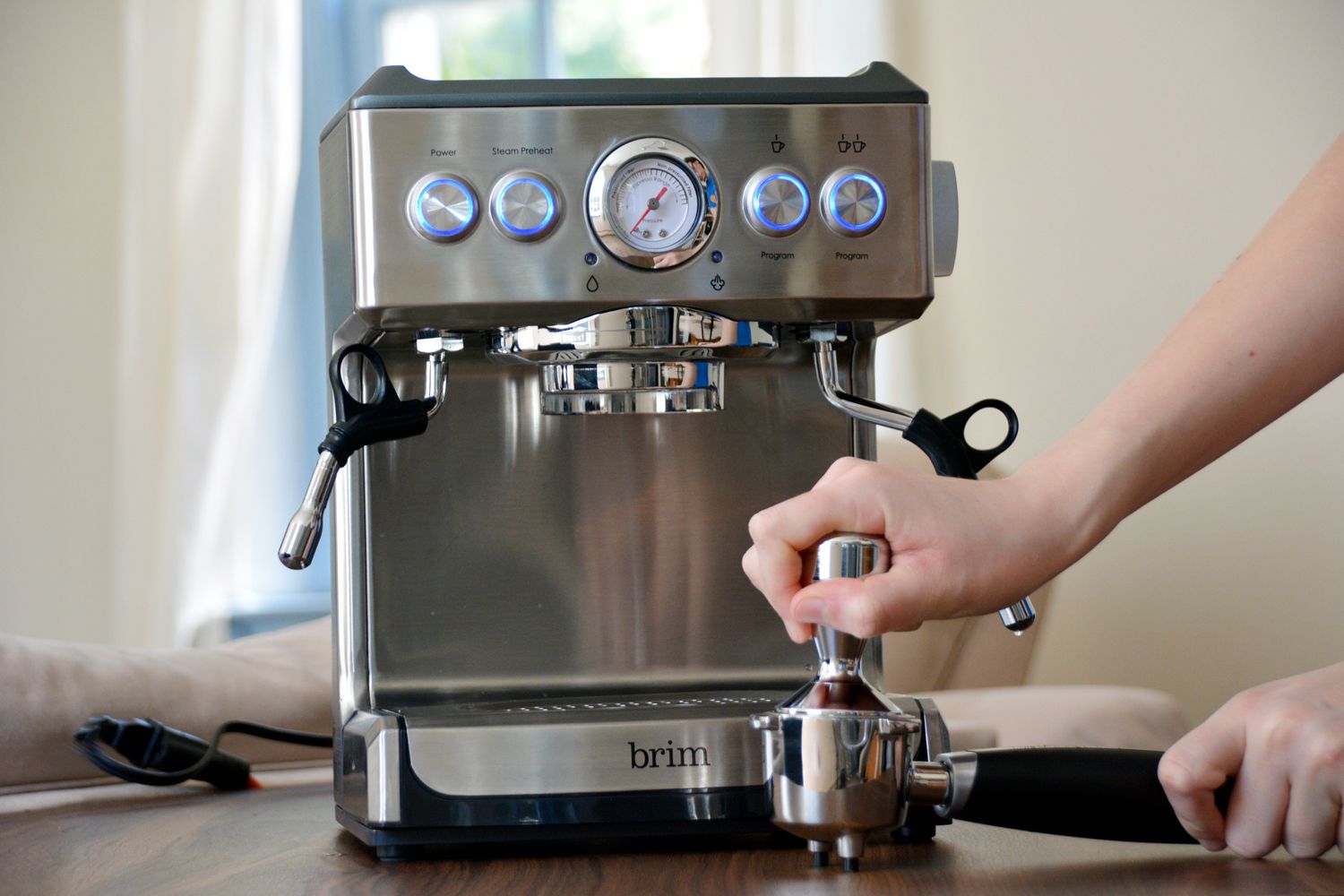
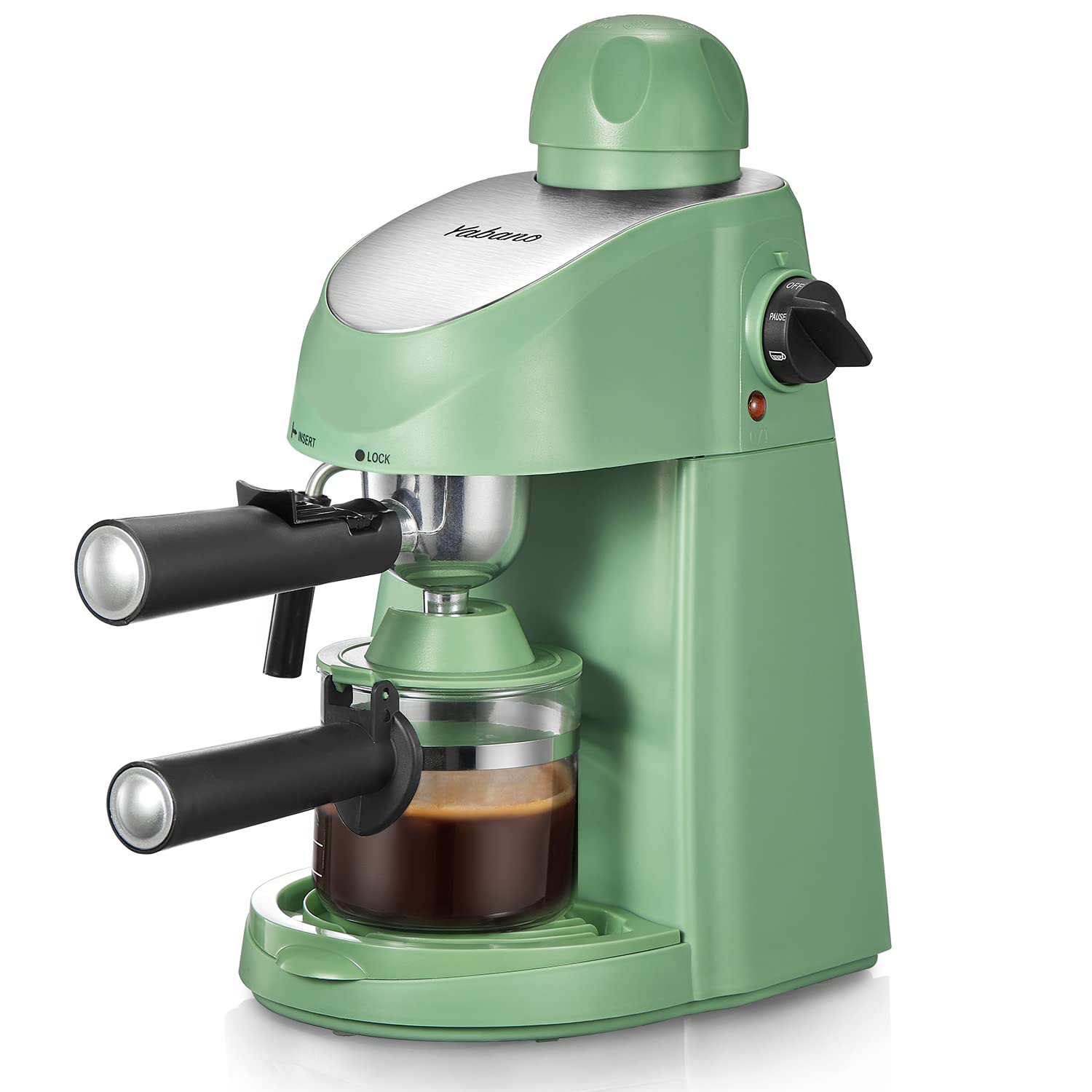
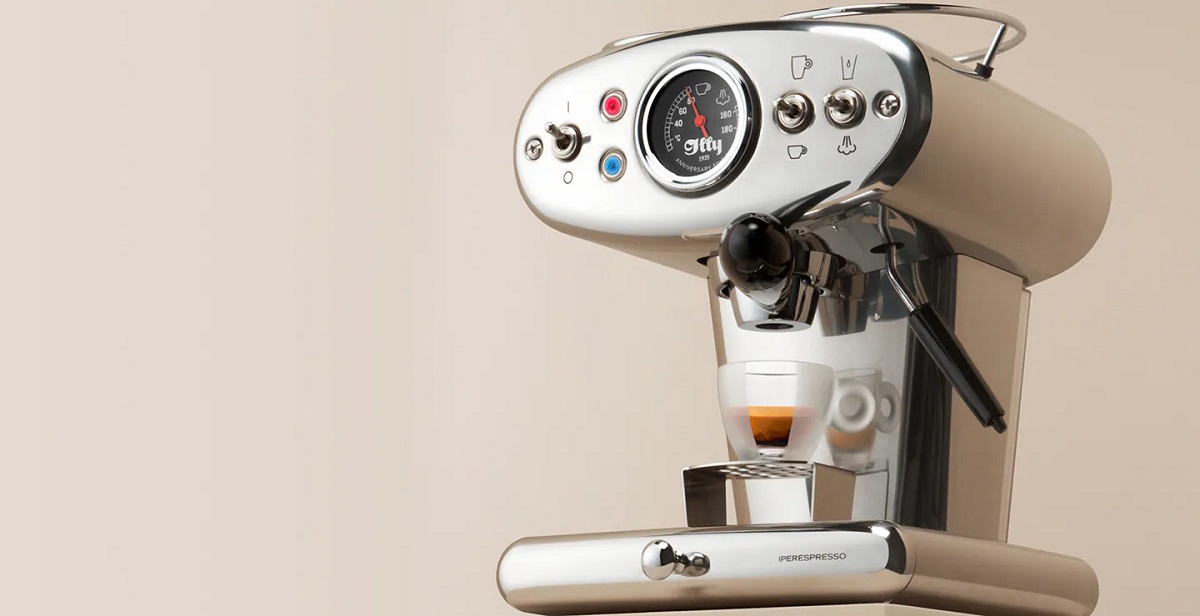

0 thoughts on “How To Use A Manual Espresso Machine”